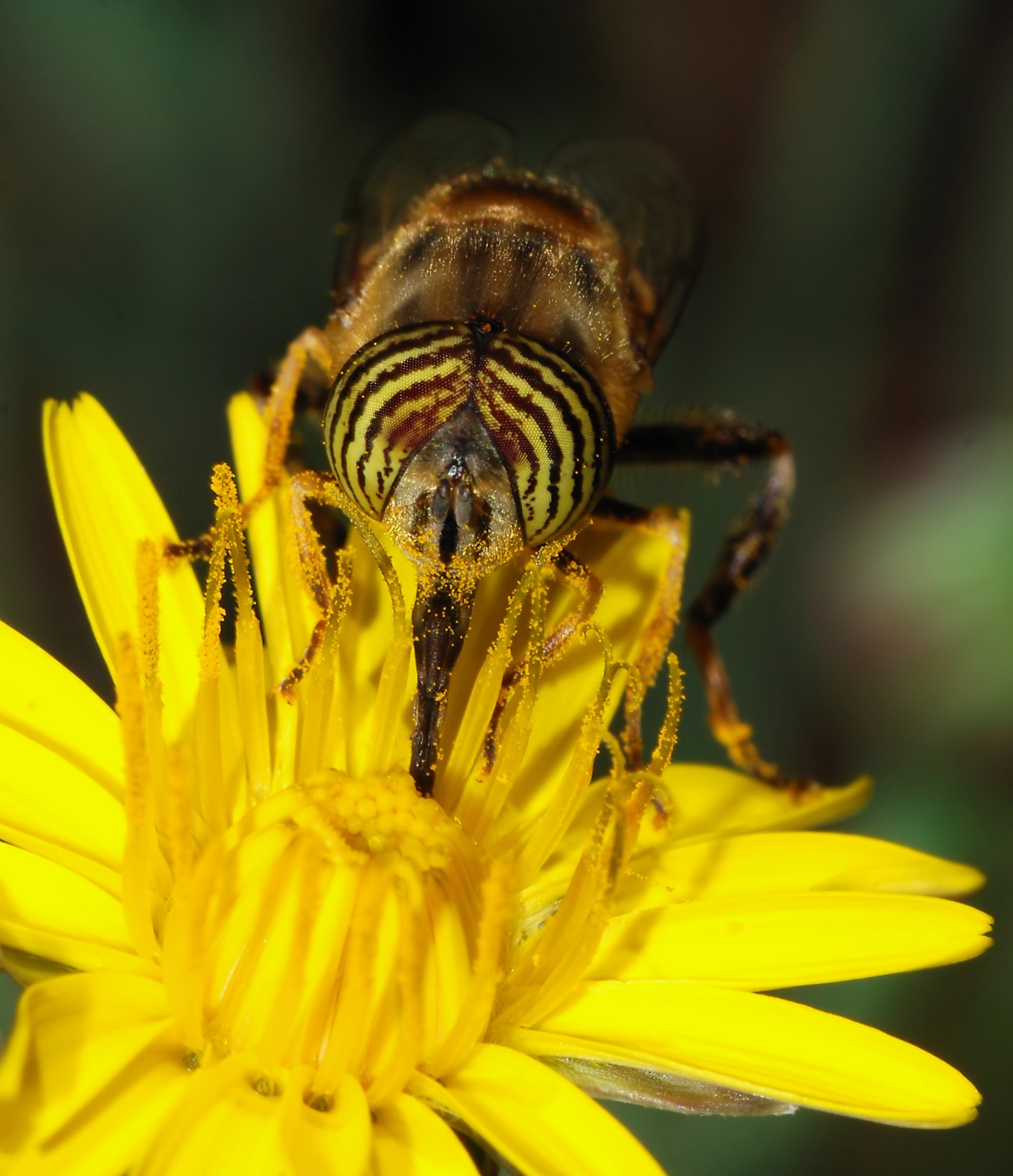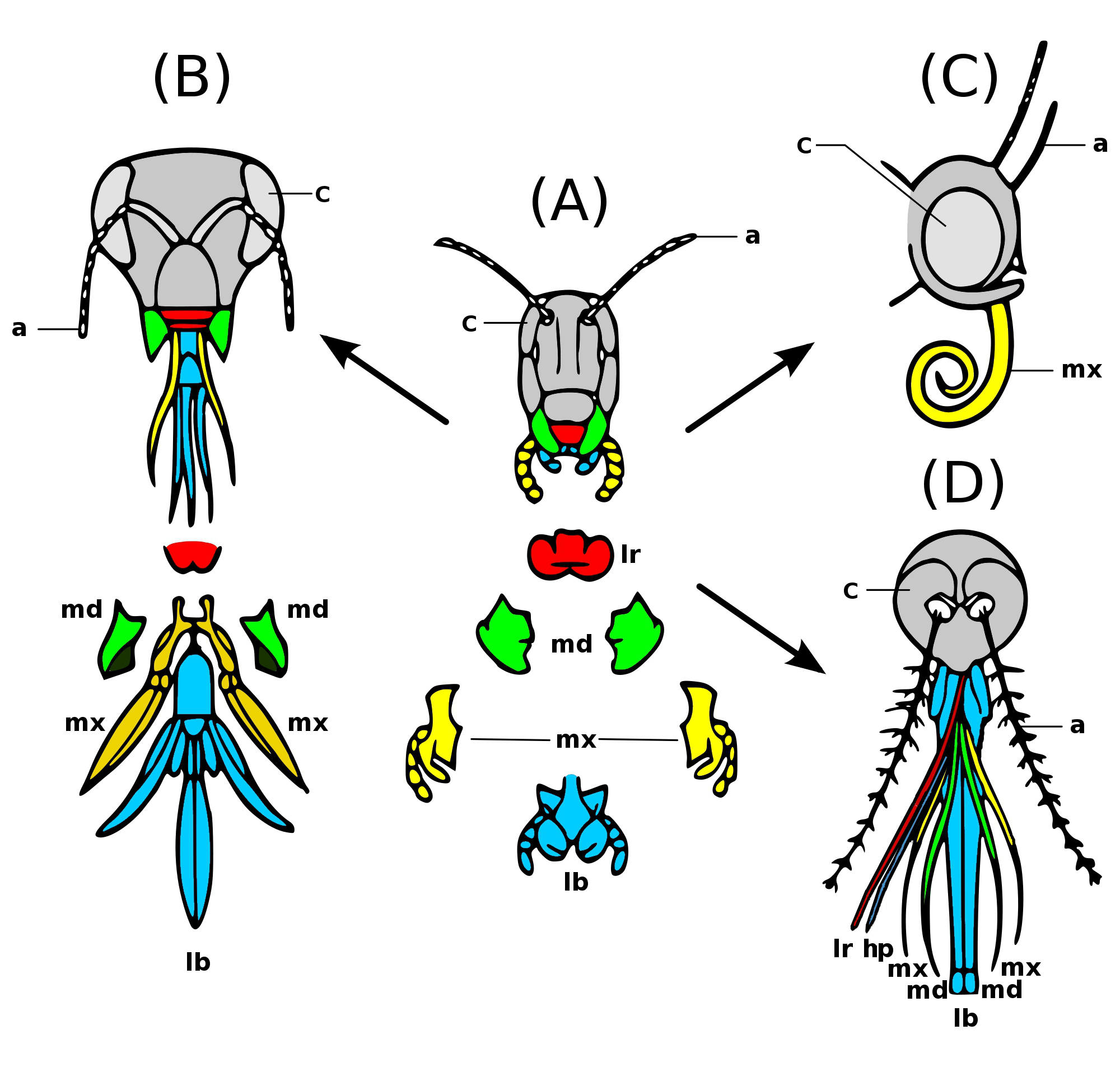|
Phycitinae
The Phycitinae are a subfamily of snout moths (family (biology), family Pyralidae). Even though the Pyralidae subfamilies are all quite diverse, Phycitinae stand out even by standards of their family: with over 600 genera considered valid and more than 4000 species placed here at present, they unite up more than three-quarters of living snout moth diversity. Together with the closely related Epipaschiinae, they are apparently the most advanced lineage of snout moths. Phycitinae occur all over Earth's land masses, except in completely inhospitable areas; the majority of species has a tropical distribution however. Phycitinae have even been found on very remote oceanic islands, and a few species have been intentionally or unintentionally distributed by humans beyond their native range. The subfamily was established as a systematic group by Philipp Christoph Zeller in 1839, who called them "Phycideen". The type genus of Phycitinae is ''Phycidea'' Philipp Christoph Zeller, Zeller, 18 ... [...More Info...] [...Related Items...] OR: [Wikipedia] [Google] [Baidu] |
Snout Moth
The Pyralidae, commonly called pyralid moths, snout moths or grass moths, are a family (biology), family of Lepidoptera in the ditrysian Taxonomic rank, superfamily Pyraloidea. In many (particularly older) classifications, the grass moths (Crambidae) are included in the Pyralidae as a subfamily, making the combined group one of the largest families in the Lepidoptera. The latest review by Eugene G. Munroe and Maria Alma Solis retain the Crambidae as a full family of Pyraloidea. The wingspans for small and medium-sized species are usually between with variable morphological features. It is a diverse group, with more than 6,000 species described worldwide, and more than 600 species in America north of Mexico, comprising the third largest moth family in North America. At least 42 species have been recorded from North Dakota in the subfamilies of Pyralidae. Relationship with humans Most of these small moths are inconspicuous. Many are economically important pests, including waxwor ... [...More Info...] [...Related Items...] OR: [Wikipedia] [Google] [Baidu] |
Oncocera Semirubella
''Oncocera semirubella'', the rosy-striped knot-horn, is a small moth of the family Pyralidae. Distribution It is found in European regions, including the British Isles, and East Asia (e.g. China, Japan, South Korea and Taiwan). Description The wingspan is 26–30 mm. The forewings are light crimson or pink, sometimes much mixed with grey or dark grey, a whitish, greyish-ochreous, or grey costal streak; a broad ochreous-yellowish dorsal suffusion. Hindwings grey, slightly rosy-tinged. The larva is bronzy-blackish, with ten indistinct greenish lines; a whitish lateral spot on 3, including a black dot; head and plate of 2 black : amongst web on ''Lotus''.Parsons, M. Clancey, C. 2023 ''A Guide to the Pyralid and Crambid Moths of Britain and Ireland'' Atropos Publishing ISBN 9780955108648 The adult moth flies in one generation by the end of June to August. It is easily disturbed on short grassland, flies from dusk onwards, and is attracted to light and sugar. (MHNT) Onc ... [...More Info...] [...Related Items...] OR: [Wikipedia] [Google] [Baidu] |
Phycitini
The Phycitini are a tribe of moths of the family Pyralidae. Genera Some significant species are also listed. * ''Abareia'' Whalley, 1970 * ''Acrobasis'' Zeller, 1839 * ''Addyme'' Walker, 1863 * ''Alberada'' Heinrich, 1939 (sometimes listed as a synonym of ''Zophodia'') * ''Alophia (moth), Alophia'' Ragonot, 1893 * ''Ammatucha'' Turner, 1922 * ''Amphithrix'' Ragonot, 1893 * ''Ancylodes'' Ragonot, 1887 * ''Ancylosis'' Zeller, 1839 * ''Ancylosoma'' Roesler, 1973 * ''Ancylostomia'' Ragonot, 1893 * ''Anonaepestis'' Ragonot, 1894 * ''Apomyelois'' Heinrich, 1956 * ''Archiephestia'' Amsel, 1955 * ''Arcola (moth), Arcola'' J. C. Shaffer, 1995 – alligatorweed stem borer * ''Arsissa'' Ragonot, 1893 * ''Asalebria'' Amsel, 1953 * ''Asarta'' Zeller, 1848 * ''Asartodes'' Ragonot, 1893 * ''Asclerobia'' Roesler, 1969 * ''Assara'' Walker, 1863 * ''Aurana'' Walker, 1863 * ''Bahiria'' Balinsky, 1994 * ''Barbifrontia'' Hampson in Ragonot, 1901 * ''Bazaria'' Ragonot, 1887 * ''Bradyrrhoa'' Zeller ... [...More Info...] [...Related Items...] OR: [Wikipedia] [Google] [Baidu] |
Phycita Roborella
''Phycita roborella'' is a moth of the family Pyralidae. It is – under its junior synonym ''Tinea spissicella'' – the type species of its genus ''Phycita'', and by extension of the subfamily Phycitinae. It is found in Europe. The wingspan is 24–29 mm.The forewings are fuscous, mixed or tinged with reddish and sprinkled with grey whitish, more whitish-suffused towards dorsum between lines; an erect triangular reddish-brown blackish-mixed patch from dorsum before first line, often preceded by a whitish shade; first and second lines pale, internally darker-edged; a curved darker transverse discal mark; some short black dashes on veins near before second line. Hindwings fuscous.The larva is brown-reddish, yellowish-freckled; subdorsal and lateral lines darker; head reddish-brown; 2 black-spotted; a white black ringed lateral spot on 3: amongst spun leaves of oak.Goater, B., Dyke . G. and Tweedie, R. 1986 ''British Pyralid Moths: A Guide to Their Identification'' ... [...More Info...] [...Related Items...] OR: [Wikipedia] [Google] [Baidu] |
Imago
In biology, the imago (Latin for "image") is the last stage an insect attains during its metamorphosis, its process of growth and development; it is also called the ''imaginal'' stage ("imaginal" being "imago" in adjective form), the stage in which the insect attains maturity. It follows the final ecdysis of the immature instars. In a member of the Ametabola or Hemimetabola, species in which metamorphosis is "incomplete", the final ecdysis follows the last immature or '' nymphal'' stage. In members of the Holometabola, in which there is a pupal stage, the final ecdysis follows emergence from the pupa A pupa (; : pupae) is the life stage of some insects undergoing transformation between immature and mature stages. Insects that go through a pupal stage are holometabolous: they go through four distinct stages in their life cycle, the stages th ..., after which the metamorphosis is complete, although there is a prolonged period of maturation in some species. The imago is the ... [...More Info...] [...Related Items...] OR: [Wikipedia] [Google] [Baidu] |
Fungus Moth
Tineidae is a family of moths in the order Lepidoptera described by Pierre André Latreille in 1810. Collectively, they are known as fungus moths or tineid moths. The family contains considerably more than 3,000 species in more than 300 genera. Most of the tineid moths are small or medium-sized, with wings held roofwise over the body when at rest. They are particularly common in the Palaearctic, but many occur elsewhere, and some are found very widely as introduced species. Tineids are unusual among Lepidoptera as the larvae of only a very small number of species feed on living plants, the majority feeding on fungi, lichens, and detritus. The most familiar members of the family are the clothes moths, which have adapted to feeding on stored fabrics and led to their reputation as a household pest. The most widespread of such species are the common clothes moth (''Tineola bisselliella''), the case-bearing clothes moth (''Tinea pellionella''), and the carpet moth (''Trichophaga ta ... [...More Info...] [...Related Items...] OR: [Wikipedia] [Google] [Baidu] |
Proboscis
A proboscis () is an elongated appendage from the head of an animal, either a vertebrate or an invertebrate. In invertebrates, the term usually refers to tubular arthropod mouthparts, mouthparts used for feeding and sucking. In vertebrates, a proboscis is an elongated nose or snout. Etymology First attested in English in 1609 from Latin , the latinisation (literature), latinisation of the Ancient Greek (), which comes from () 'forth, forward, before' + (), 'to feed, to nourish'. The plural as derived from the Greek is , but in English the plural form ''proboscises'' occurs frequently. Invertebrates The most common usage is to refer to the tubular feeding and sucking organ of certain invertebrates such as insects (e.g., Insect mouthparts#Proboscis, moths, butterflies, and mosquitoes), worms (including Acanthocephala, Nemertea, proboscis worms) and gastropod molluscs. Acanthocephala The Acanthocephala, the thorny-headed worms or spiny-headed worms, are characterized by the pr ... [...More Info...] [...Related Items...] OR: [Wikipedia] [Google] [Baidu] |
Insect Mouthparts
Insects have arthropod mouthparts, mouthparts that may vary greatly across insect species, as they are adapted to particular modes of feeding. The earliest insects had chewing mouthparts. Most specialisation of mouthparts are for piercing and sucking, and this mode of feeding has evolved a number of times independently. For example, mosquitoes (which are true flies) and aphids (which are Hemiptera, true bugs) both pierce and suck, though female mosquitoes feed on animal blood whereas aphids feed on plant fluids. Evolution Like most external features of arthropods, the mouthparts of Hexapoda are highly derived. Insect mouthparts show a multitude of different functional mechanisms across the wide diversity of insect species. It is common for significant Homology (biology), homology to be conserved, with matching structures forming from matching Primordium, primordia, and having the same evolutionary origin. However, even if structures are almost physically and functionally identica ... [...More Info...] [...Related Items...] OR: [Wikipedia] [Google] [Baidu] |
Crypsis
In ecology, crypsis is the ability of an animal or a plant to avoid observation or detection by other animals. It may be part of a predation strategy or an antipredator adaptation. Methods include camouflage, nocturnality, subterranean lifestyle and mimicry. Crypsis can involve visual, olfactory (with pheromones) or auditory concealment. When it is visual, the term cryptic coloration, effectively a synonym for animal camouflage, is sometimes used, but many different methods of camouflage are employed in nature. Overview There is a strong evolutionary pressure for prey animals to avoid predators through camouflage, and for predators to be able to detect camouflaged prey. There can be a self-perpetuating coevolution, in the shape of an evolutionary arms race, between the perceptive abilities of animals attempting to detect the cryptic animal and the cryptic characteristics of the hiding species. Methods Methods of crypsis include (visual) camouflage, nocturnality, ... [...More Info...] [...Related Items...] OR: [Wikipedia] [Google] [Baidu] |
Myelois
''Myelois'' is a genus of small moths belonging to the family Pyralidae. They are found in western Eurasia and adjacent regions such as the Maghreb. Species of ''Myelois'' include: * '' Myelois albistriga'' Erschoff, 1874 * '' Myelois cinctipalpella'' Christoph, 1877 * ''Myelois circumvoluta'' (Fourcroy, 1785) – thistle ermine * '' Myelois cribratella'' Zeller, 1847 * '' Myelois echinopisella'' Chrétien, 1911 * '' Myelois famula'' Zeller, 1881 * '' Myelois fuscicostella'' Mann, 1861 * ''Myelois multiflorella'' Ragonot, 1887 * '' Myelois mystica'' Roesler, 1988 * '' Myelois osseella'' Ragonot, 1887 * '' Myelois ossicolor'' Ragonot, 1893 * ''Myelois pluripunctella'' Ragonot, 1887 * ''Myelois pollinella'' Christoph, 1877 * ''Myelois urbicella'' Erschoff, 1874 * ''Myelois vestaliella'' Erschoff, 1874 Formerly included here were related genera like ''Apomyelois''. The genus ''Kyra'' is sometimes listed as a junior synonym of ''Myelois'', but its type species is usually now placed i ... [...More Info...] [...Related Items...] OR: [Wikipedia] [Google] [Baidu] |
Synonym (taxonomy)
In taxonomy, the scientific classification of living organisms, a synonym is an alternative scientific name for the accepted scientific name of a taxon. The Botanical nomenclature, botanical and Zoological nomenclature, zoological codes of nomenclature treat the concept of synonymy differently. * In nomenclature, botanical nomenclature, a synonym is a Binomial nomenclature, scientific name that applies to a taxon that now goes by a different scientific name. For example, Carl Linnaeus, Linnaeus was the first to give a scientific name (under the currently used system of scientific nomenclature) to the Norway spruce, which he called ''Pinus abies''. This name is no longer in use, so it is now a synonym of the current scientific name, ''Picea abies''. * In zoology, moving a species from one genus to another results in a different Binomial nomenclature, binomen, but the name is considered an alternative combination rather than a synonym. The concept of synonymy in zoology is reserved f ... [...More Info...] [...Related Items...] OR: [Wikipedia] [Google] [Baidu] |





